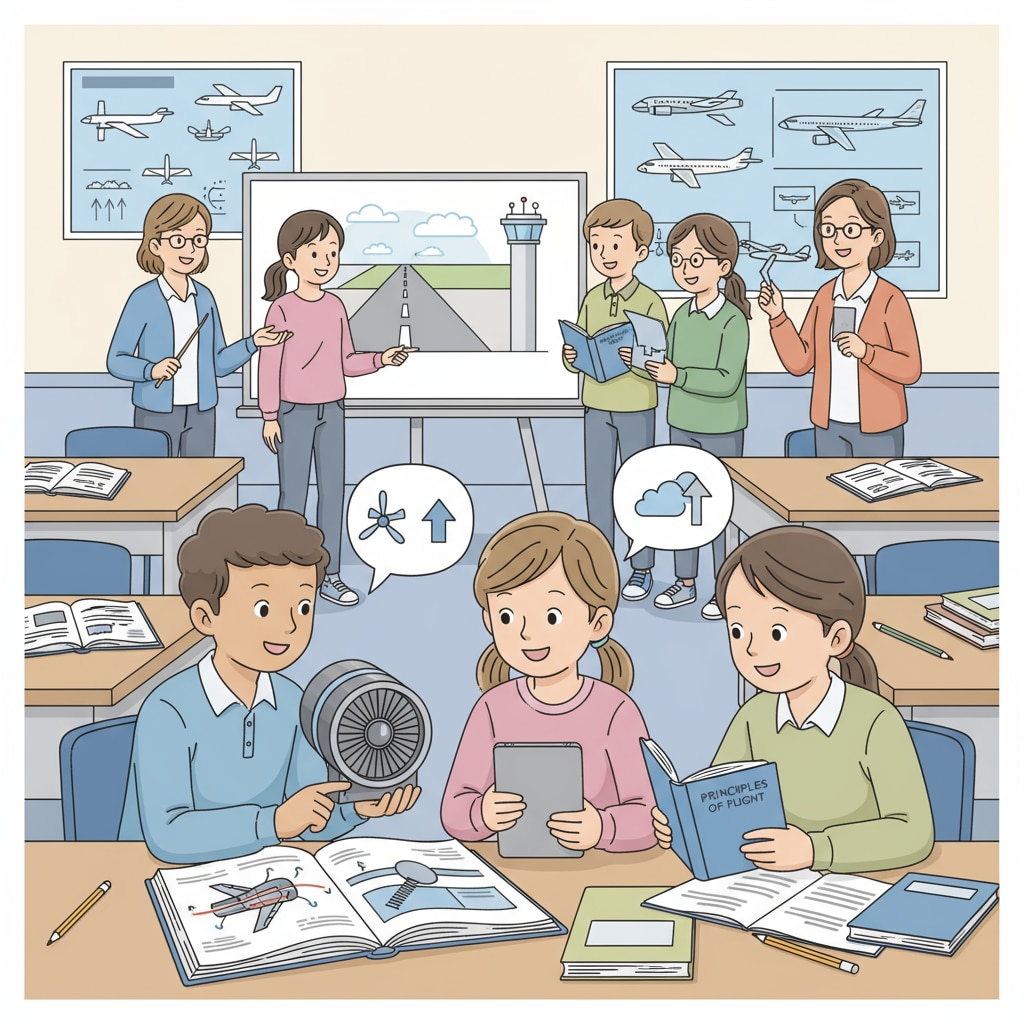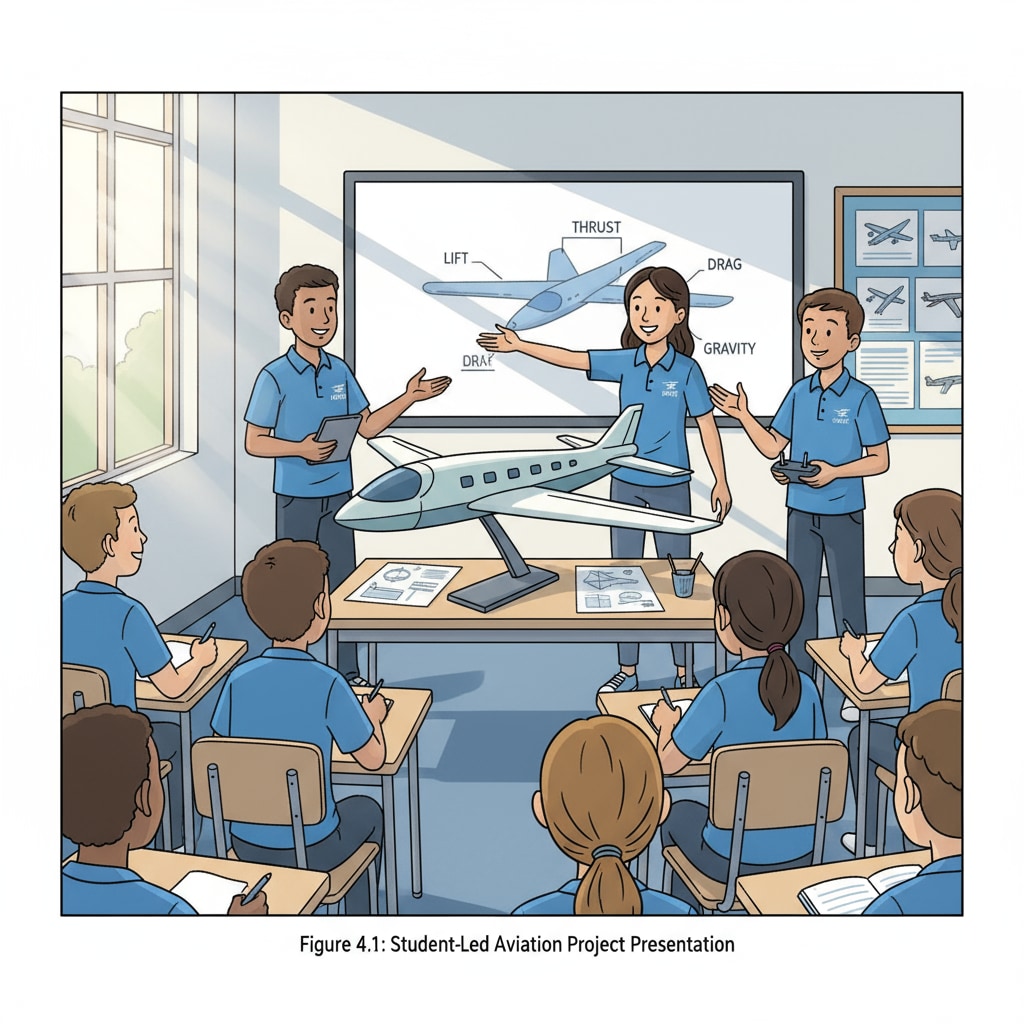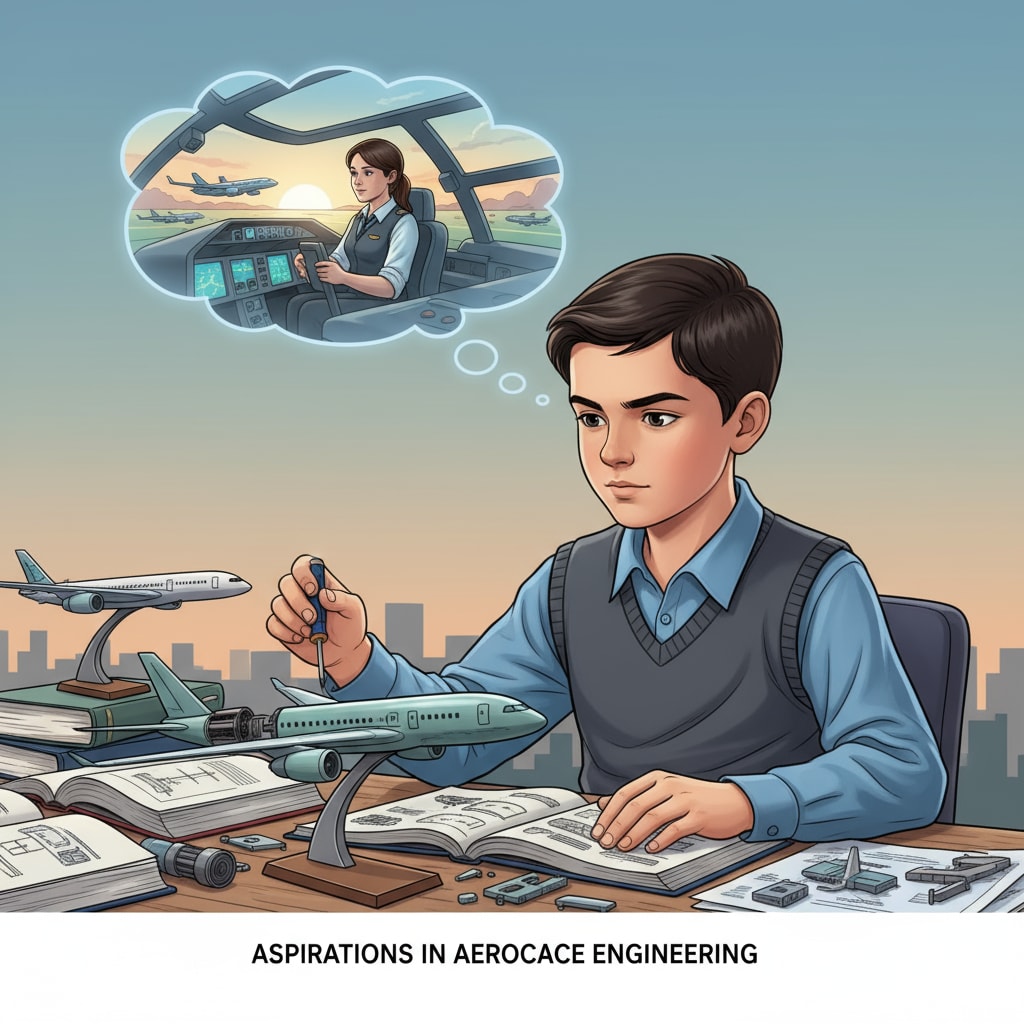Pilot skills, communication abilities, decision-making capacities, and situational awareness are the cornerstones of a successful aviation career. In the K12 education phase, laying a solid foundation for these crucial aspects is of utmost importance.

As children progress through their early educational years, various elements of the curriculum can be tailored to cultivate these essential skills.
The Importance of Communication Skills in Pilot Training
Effective communication is vital for pilots. In the cockpit, they need to communicate clearly with air traffic control, co-pilots, and ground staff. K12 education can start by promoting active participation in class discussions. For example, group projects where students have to explain their ideas and listen to others’ viewpoints can enhance their oral communication skills. Additionally, writing assignments that require clear and concise expression can improve their written communication. According to Aviation communications on Wikipedia, accurate communication can prevent misunderstandings and ensure flight safety.

Cultivating Decision-Making Capacities in K12
Decision-making is another critical aspect of being a pilot. Pilots often face complex situations where quick and accurate decisions are necessary. In K12, teachers can introduce problem-solving activities. For instance, math and science puzzles that require students to analyze data and make choices. These activities help students develop logical thinking and the ability to make decisions under pressure. As stated in Decision-making on Britannica, the earlier students start honing their decision-making skills, the better prepared they will be for a challenging career like aviation.
Furthermore, extracurricular activities such as debate clubs or mock trial teams can also contribute to improving decision-making. Students learn to weigh different options and defend their choices, which are valuable skills for future pilots.
Building Technical Knowledge from an Early Age
Technical knowledge forms the basis of a pilot’s expertise. K12 education can incorporate basic science and math courses that introduce concepts like physics, aerodynamics, and navigation. Understanding these fundamental principles at a young age can make it easier for students to grasp more advanced aviation concepts later on. Science experiments related to flight, such as building paper airplanes and studying the forces acting on them, can spark students’ interest in aviation technology.
The Significance of Situational Awareness in K12 Education
Situational awareness is crucial for pilots to anticipate and respond to potential risks. In K12, educators can use real-life scenarios in the classroom. For example, discussing current events related to aviation incidents and analyzing how the situation could have been managed better. This helps students develop an understanding of the importance of being aware of their surroundings and potential risks. Role-playing activities can also be effective in enhancing situational awareness, where students are placed in simulated aviation scenarios and have to respond appropriately.
In conclusion, pilot skills, communication abilities, decision-making capacities, and situational awareness can be effectively nurtured during the K12 education phase. By implementing targeted educational reforms and innovative curriculum designs, we can help students embark on a successful journey towards becoming future pilots.

Readability guidance: Short paragraphs and lists are used to summarize key points. Each H2 section has a list where possible. The proportion of passive voice and long sentences is controlled, and transition words are scattered throughout the text.


